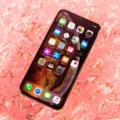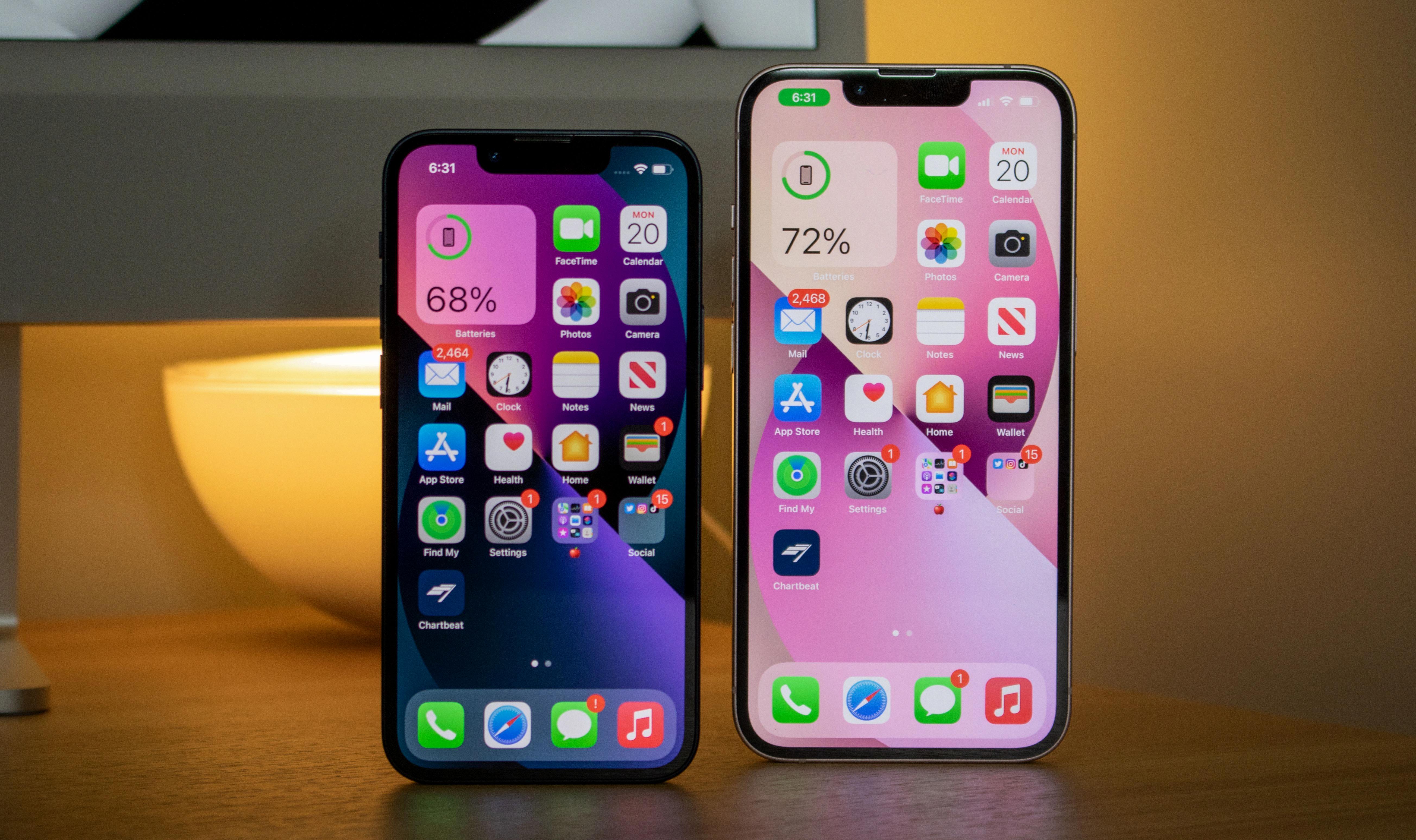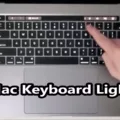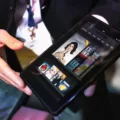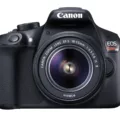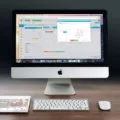Are you looking to access an SD card on your MacBook? If so, you’ve come to the rght place! SD cards are a great way to store and transfer data from one device to another. Whether you’re transferring photos, music files or documents, an SD card can easily help you get the job done.
In this blog post, we’ll cover the basics of what an SD card is and how to access it on a MacBook. We’ll also provie some tips and tricks for getting the most out of your SD card experience. Let’s get started!
What is an SD Card?
SD stands for Secure Digital, and it’s a type of flash memory card that is used in digital cameras, camcorders, smartphones, and other portable devices. It’s very similar to a USB drive in that it offers users a convenient way of storing and transferring data from one device to another. Most SD cards range from 1GB up to 128GB or more in storage capacity.
Accessing your SD card on a MacBook is easy. Here’s how:
1. Insert your SD card into the reader slot on your MacBook (most modern MacBooks have this built-in). The metal contacts should be facing down and pointing tward the computer.
2. Once inserted, open Finder and look for your disk in the left sidebar under Devices.
3. Right-click the disk > Get Info > General tab > Available & Used storage infrmation will be displayed here.
4. To eject your card safely, select it in the Finder window sidebar then choose File > Eject before removing it from its slot on your laptop.
Tips & Tricks for Using Your SD Card with Your Macbook
Now that you know how to access your SD card on a Macbook let’s take a look at some tips and tricks for geting the most out of your experience:
– Always make sure you eject your card safely before removing it from its slot on your laptop – this helps prevent any damage or data loss from occurring as a result of improper removal methods.
– Use encryption software when transferring sensitive data – this helps keep unwanted eyes away from any sensitive informaton stored on your cards such as credit card numbers or passwords etc…
– Keep track of which cards are connected at all times – if multiple cards are used with one Macbook then keeping track of which ones are connected can help prevent data loss due to accidental overwrite or deletion etc…
– Don’t forget about backup – while having multiple cards can offer convenience they can also be prone to physical damage or accidental erasure so always make sure you have backups stored soewhere safe just in case anything happens!
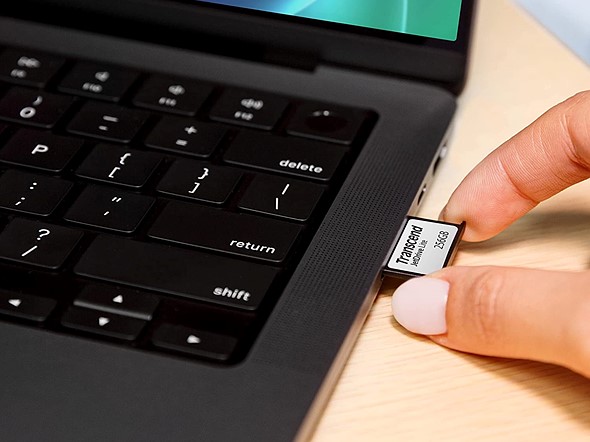
Opening an SD Card on a Mac
To open an SD card on a Mac, you will first need to insert the card into the SD card slot. Make sure that the metal contacts on the card are facing down and pointing towards your computer. Once you have done this, a Finder window will appear on your screen. From here, select the card and then choose File > Open to open it. You can then view and access the files stored on your SD card. To eject the card safely, select it in the Finder window sidebar agan and choose File > Eject.
Viewing the Contents of an SD Card on a Mac
To view what is stored on your SD card Mac, open Finder and locate your disk in the left sidebar. Right-click the disk and select Get Info. Under General,you will see both the Available and Used storage listed. This will allow you to see how much storage is being used and how much is available for use.
Troubleshooting Issues with Opening an SD Card on a Mac
It is possible that your Mac is having trouble opening your SD card due to a few possible reasons. First, check to make sure the card reader and SD card slot of your MacBook are working properly. If they seem to be functioning properly, then there is a chance that you might have a virus infection or the SD card could be corrupted. You can try running an antivirus scan on your Mac to help rule out this possibility. Additionally, it’s possible that some system settings may be blocking external drive access or causing the SD card to be unreadable on your Mac. To investigate this potential issue, you can try navigating to System Preferences > Security & Privacy > Privacy and look for any settings relted to external drives or SD cards and ensure they are enabled and set correctly.
Troubleshooting Mac’s Inability to Recognize SD Card
There could be a few reasons why your Mac isn’t picking up your SD card. The first thng to check is if the card is properly inserted into the card reader. Make sure that it’s firmly seated in its slot. Additionally, you should check if the SD card reader on your Mac is working properly by testing it with a different card or device. If the reader works with other devices but not your SD card, then you may need to reformat the SD card. Finally, you should make sure that your Mac supports the format of the SD card (e.g., FAT32 or exFAT). If none of these solutions work, then you may need to seek further assistance from Apple support.
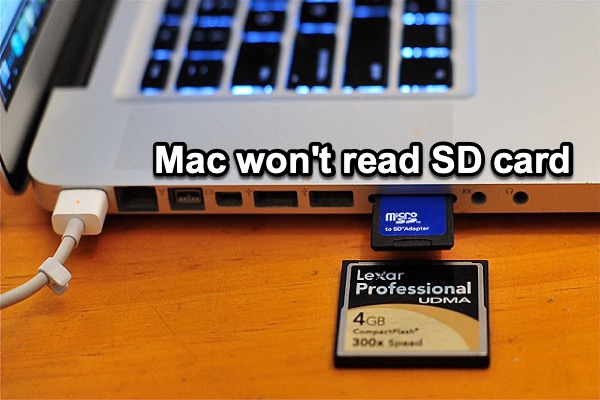
Opening an SD Card on a Laptop
To open your SD card on your laptop, first insert the card into a card reader and plug it into an appropriate port on your laptop. Then open File Explorer (Windows key + E) and go to This PC. In the right pane, you should see your SD card listed. Double-click on it to browse or access the content on your SD card. You may need to enter a password if you have set one for the SD card.
Conclusion
SD cards are an extremely useul and versatile storage medium for a range of devices, from digital cameras to computers. Their small size and high capacity make them ideal for transferring data between devices, and also for storing large amounts of data on the go. The SD card format is widely accepted, so you can rest assured that your SD card will work with most devices. Furthermore, the speed of data transfer on an SD card can be significantly faster than on a traditional hard drive or USB drive. All in all, the SD card is an incredibly reliable and convenient storage solution.

